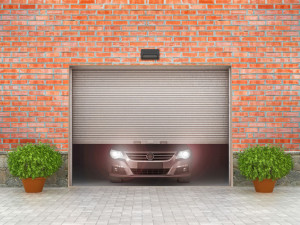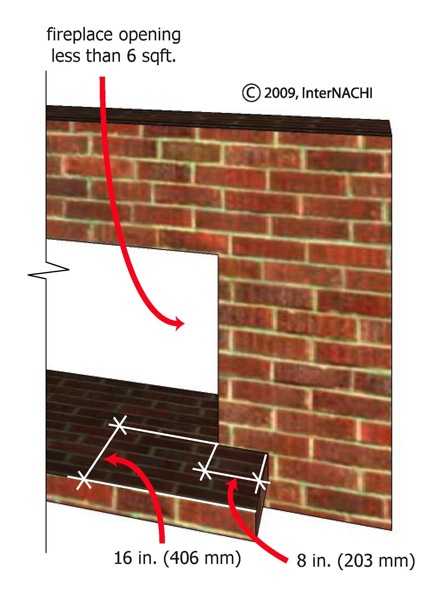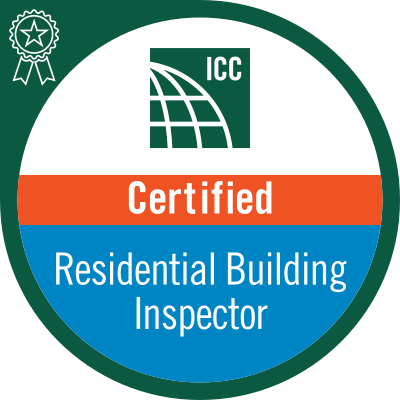You’ve moved in. You’ve redecorated. You’ve settled in and you’ve even hung those nifty new curtains you bought a few months back.
One night, you wake up freezing. When you’re in the process of buying a home, it often feels like you’ve stepped into a world where you always have another item on your rapidly growing to-do list and the sealing tape is always disappearing right at the moment you need it.
So when you’ve found the house that you want to move into and you’re getting close to making an agreement with the seller, arranging a home inspection can feel like another thing that’s getting piled onto your already overcrowded calendar.
Is the home inspection even necessary? Should you be emulating the 20% of Redfin homebuyers who waived the home inspection in June of 2020?
Here are four ways that a home inspection can make your efforts to become a homeowner easier.
1. It Can Simplify Your Final Mortgage Approval
As a general rule, lenders will weigh several factors when qualifying your mortgage application:
Your income level, the state of your credit, your debt-to-income ratio, and whatever other financial information that they consider relevant.
However, one of the details on the list of things that lenders care about is whether or not the home is insurable. And how do insurers decide to extend their services?
They often rely on the home inspection report to figure things out on their end. So much so that it’s not unusual to see them refuse to insure in the absence of an inspection.
At the end of the day, there are lots of factors that may impact your mortgage approval. But a home inspection report can give you one less barrier towards getting that final “Yes.”.
2. The Report Can Save You Money
There are few scenarios where nitpicking to show interest can work in your favor. But surprisingly, home purchases are one of them.
If the stairs look like they’ll need professional carpet cleaning or if the cabinet hinge looks like it needs replacing, there are a number of repairs and minor fixes that could land you a surprisingly big discount on your home purchase.
At the end of the day, however, buyers and sellers may disagree on what deserves a discount. But when the home inspector is pointing problems out, the report can put some extra weight in your corner as you haggle your way through the home buying process.
3. A Home Inspection Report Can Give You a Heads up on Repairs
Picture this.
cold in the dead of winter and you learn the hard way that your furnace was on its last legs. Or, worse, maybe you find out from your doctor that you’ve been breathing in mold over the past few years without realizing it.
What happens then?
The truth is that sometimes signs of major problems under the hood may not be visible at first. And if you’re not someone who looks at houses for a living, you may not spot some of these issues even after several walkthroughs.
A home inspection report ensures that you’ll be moving into your new home with fewer unknowns. If there’s warping in your bathroom floor or if your air ducts aren’t as clear as they should be, you’ll know once you receive the report.
4. It Lets You Get an Objective, Third-Party Opinion on the Home
When you’re in the thick of a house hunt, it’s easy to start second-guessing yourself.
Is this house really everything I’ve hoped for and then some? Is this the right place for me or is it all too good to be true?
If the seller wants to get out ASAP, they’ll be doing all they can to present the property in a good light. Or, if they’re not real estate professionals, they may not even know that there are problems with the house.
A home inspection report can put many of those nagging doubts to rest. And that peace of mind is something that can’t be underestimated.
Conclusion
When the end of your home search is so close that you can taste it, it’s only natural to wonder if the home inspection is even needed.
Home inspection reports are often considered a key step in the home buying process because they can simplify your journey towards homeownership. Whether you want to know a little more about the property or you’re searching for a discount, the home inspection report can grease the wheels of your house purchase.
And sometimes, when you’re drowning in the logistics of your mortgage application and your move, these details can make a world of difference.
Schedule your Home Inspection with Red Horse Home Inspection. Call us at 605-490-2916 or easily schedule online. Follow us on Facebook to get weekly safety and maintenance tips. Check out a sample home inspection report here.

 Moving into a new home? If you have children, it’s a great time to make sure your home is safe for the smallest members of your household. Every 30 minutes, a child in the United States is injured as a result of a TV or furniture tip-over incident. Most of those injuries happen at home, involving children younger than 7 years of age.
Moving into a new home? If you have children, it’s a great time to make sure your home is safe for the smallest members of your household. Every 30 minutes, a child in the United States is injured as a result of a TV or furniture tip-over incident. Most of those injuries happen at home, involving children younger than 7 years of age. You probably don’t give much thought to your garage door. Yet over the course of a year, your door can go up and down more than 1,000 times! And like any equipment in your home, it can wear out. If you’re buying a new home, having a professional check your garage door before you move in can be a great idea. If you’re already a homeowner, the U.S. Consumer Product Safety Commission recommends annual garage door safety checks.
You probably don’t give much thought to your garage door. Yet over the course of a year, your door can go up and down more than 1,000 times! And like any equipment in your home, it can wear out. If you’re buying a new home, having a professional check your garage door before you move in can be a great idea. If you’re already a homeowner, the U.S. Consumer Product Safety Commission recommends annual garage door safety checks.






 backflow caused by back-pressure and back-siphonage and are used to protect the potable water system from low-hazard substances. Double-checks consist of two positive-seating check valves installed as a unit between two tightly closing shut-off valves, and are fitted with testcocks.
backflow caused by back-pressure and back-siphonage and are used to protect the potable water system from low-hazard substances. Double-checks consist of two positive-seating check valves installed as a unit between two tightly closing shut-off valves, and are fitted with testcocks.



 Fundraising began for the $87 million restoration under a public-private partnership between the National Park Service and The Statue of Liberty-Ellis Island Foundation, Inc. After extensive work that included the use of soda-blasting, the restored monument re-opened to the public on July 5, 1986, during Liberty Weekend, which celebrated the statue’s centennial.
Fundraising began for the $87 million restoration under a public-private partnership between the National Park Service and The Statue of Liberty-Ellis Island Foundation, Inc. After extensive work that included the use of soda-blasting, the restored monument re-opened to the public on July 5, 1986, during Liberty Weekend, which celebrated the statue’s centennial. Buying a home? It is probably the most expensive purchase you will ever make. This is no time to shop for a cheap inspection. The cost of a home inspection is very small relative to the value of the home being inspected. The additional cost of hiring an InterNACHI-certified inspector is almost insignificant by comparison.
Buying a home? It is probably the most expensive purchase you will ever make. This is no time to shop for a cheap inspection. The cost of a home inspection is very small relative to the value of the home being inspected. The additional cost of hiring an InterNACHI-certified inspector is almost insignificant by comparison.

